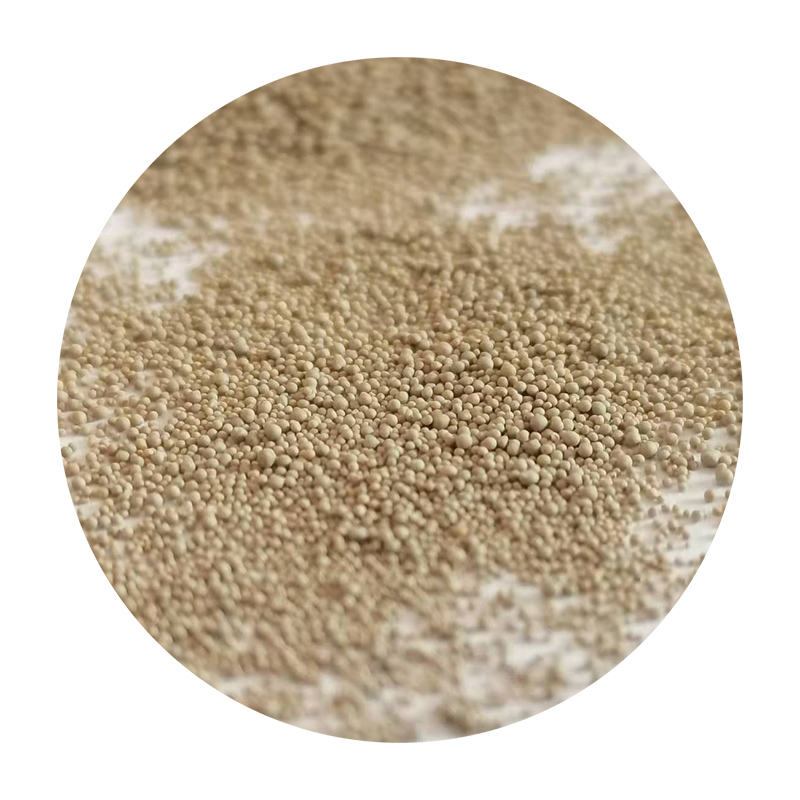3D Printing with Sand Revolutionizing the Construction Industry
In recent years, the emergence of 3D printing technology has transformed various industries, with construction being one of the most significant sectors to benefit from this innovative approach. Among the various materials used in 3D printing, sand has surfaced as a key player due to its abundance, versatility, and cost-effectiveness. This article explores the potential of 3D printing with sand, highlighting its advantages, applications, and the future it promises for the construction industry.
The Basics of 3D Printing with Sand
3D printing with sand primarily involves the use of specially designed printers that deposit layers of sand to create complex structures. The process typically employs a binder material that solidifies the sand grains together, forming a solid object. This additive manufacturing technique is distinct from traditional subtractive methods, where material is removed to create shapes. Instead, 3D printing constructs objects layer by layer, providing unprecedented freedom in design and reducing material waste.
Advantages of Sand 3D Printing
One of the most significant advantages of using sand in 3D printing is its sustainability. Sand is an abundant natural resource, and its use in construction mitigates the environmental impact often associated with traditional building materials like concrete. Additionally, the reduction in waste material and energy consumption during the printing process contributes to a more sustainable construction practice.
Another compelling benefit is the design flexibility afforded by 3D printing. Architects and engineers can create complex geometries and intricate designs that would be challenging or impossible to achieve with traditional methods. This capability allows for the creation of unique, aesthetically pleasing structures that meet specific needs without the constraints of conventional construction techniques.
Moreover, 3D printing with sand can significantly reduce construction time and labor costs. The speed at which structures can be produced translates to shorter project timelines and reduced labor requirements. For instance, entire buildings can be printed within days instead of months, streamlining the construction process and enabling quicker occupancy.
3d printing with sand

Applications in the Construction Industry
The applications of 3D printing with sand are vast and varied. One prominent use is in the creation of molds for casting processes. By printing intricate sand molds, manufacturers can produce complex components with ease, enhancing the efficiency of the casting process.
Additionally, 3D printing with sand holds tremendous potential in the construction of sustainable housing. Projects around the world are already exploring the use of this technology to create affordable and environmentally friendly homes. By leveraging local sand resources, communities can build durable structures that are both cost-effective and suited to their unique environmental conditions.
Moreover, this innovative technology has applications beyond traditional construction. Artists and sculptors are utilizing sand 3D printing to produce intricate sculptures and installations, pushing the boundaries of art and architecture.
The Future of Sand 3D Printing
As technology continues to advance, the future of sand 3D printing in construction looks promising. Research and development are ongoing, focusing on enhancing the properties of printed materials, improving print speed, and exploring new binder options. The integration of smart technologies, such as artificial intelligence and machine learning, could further optimize the printing process and ensure high-quality results.
In conclusion, 3D printing with sand represents a significant leap forward in the construction industry. Its sustainability, design flexibility, and cost-effectiveness make it an attractive alternative to traditional construction methods. As awareness and adoption of this technology grow, it is poised to redefine how we approach building in the 21st century, paving the way for a more efficient and environmentally responsible future.
Post time:Dek . 15, 2024 14:49
Next:sand casting techniques
